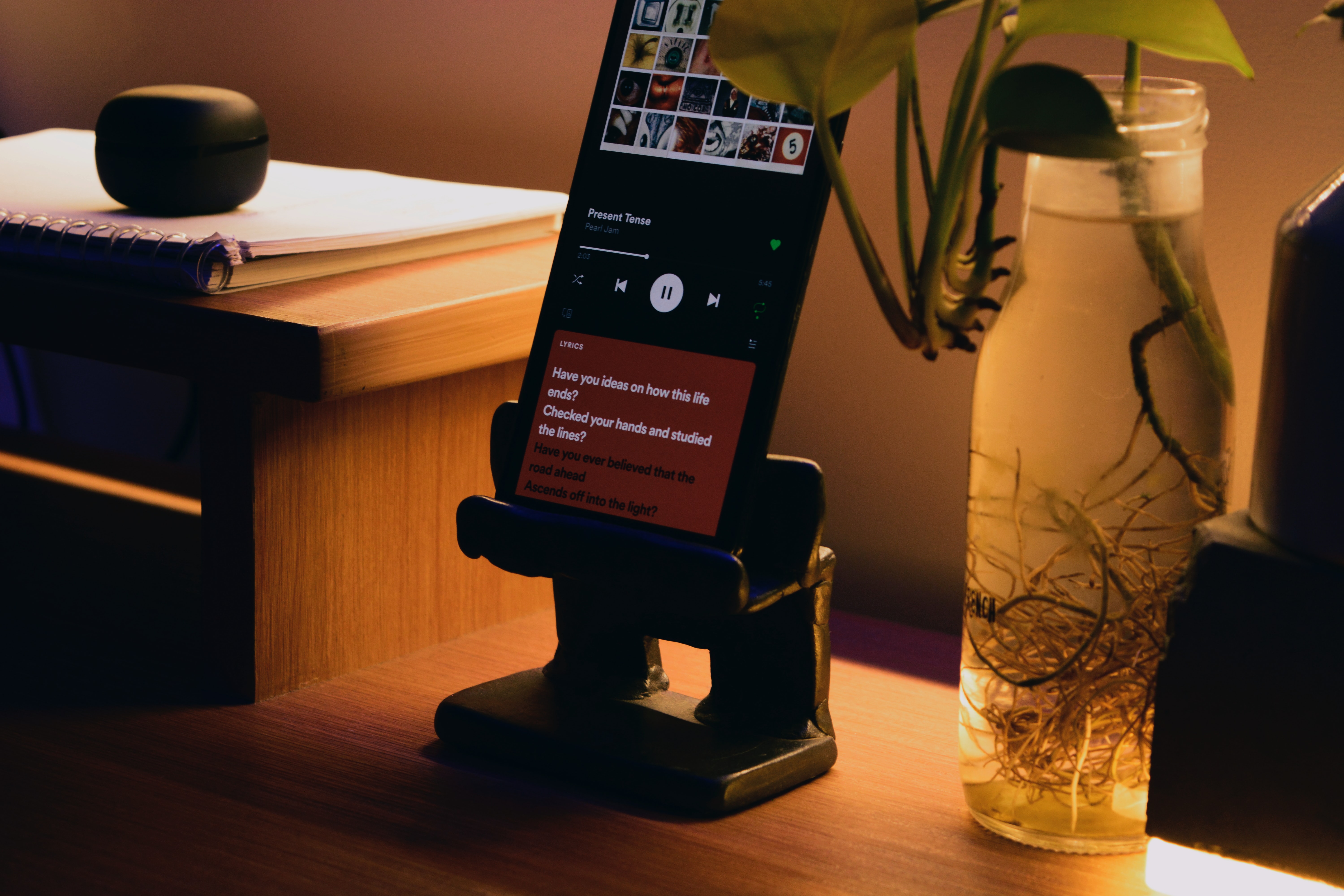Like op-eds, journalistic articles offer students an immediate means to communicate with a public audience, and, if published on an established platform, can offer the added benefit of editorial intervention by professional journalists.
Compared to the op-ed, journalism relies less heavily on personal expertise and more heavily on independently collected information that is “new” (such as interviews, newly available primary source material such as data or documents, or recently emerging scholarly studies).
Platforms include local newspapers, amateur digital platforms such as Medium, professional digital platforms like Quartz or OZY, or even national outlets like the HuffPost and The New York Times.
Methods
Journalistic articles are often structured along the following lines:
- Introductory Hook – something catchy and current.
- Nutgraph – the meat of the story – provides the main point or theme (1-3 sentences).
- Mechanistic Development – sequence of facts, quotes, and analysis that tells the story.
- Inclusion of quotes by experts – effective quotes employ key details, characterization, entertaining and clear analogies.
- Counterargument – usually occurs about two-thirds of the way through the piece.
- Conclusion – the broader meaning and implications.
Wikipedia’s entry on News Style provides a clear introduction to basic journalistic style. Assistance and further handouts are available from the Jacobson Center.
Examples
Students from several Smith classes that explicitly center public discourse have published journalism. Smith students have also independently published journalistic articles, with editorial input from the Jacobson Center or Smith faculty:
- Zoe Merrell ‘19 (ENV 311: Integration III – Interpreting and Communicating Information) in the Daily Hampshire Gazette
- Katherine Keenan ‘19 (AMS 351/ENG 384 Writing about Women and Gender) in the Daily Hampshire Gazette
- Emma Stewart ‘19 (ENG 136: Journalism: Principles and Practice) in the Grecourt Gate
- Emma Kemp ‘20 in the Daily Hampshire Gazette
Ben Baumer’s 2017 class SDS 192: Introduction to Data Science created data journalism with a core of data analysis of film studies, following the model of the popular data journalism platform FiveThirtyEight. Two example student pieces are posted here and here.
Learning Goals
- Concise, accessible expression of information and findings.
- Consideration of audience and opportunity to reach outside the classroom.
- Journalistic style.
Multimedia Expansion
Journalism dovetails well with blogging (WORDPRESS BLOGS AND WEBSITES). Twitter posts and tweetstorms (view module here), or Instagram (view module here) can serve to encapsulate and bring public attention to the piece. Podcasts (view module here) based on the students’ journalistic work can broaden audience, genre, and students’ technical capabilities.



